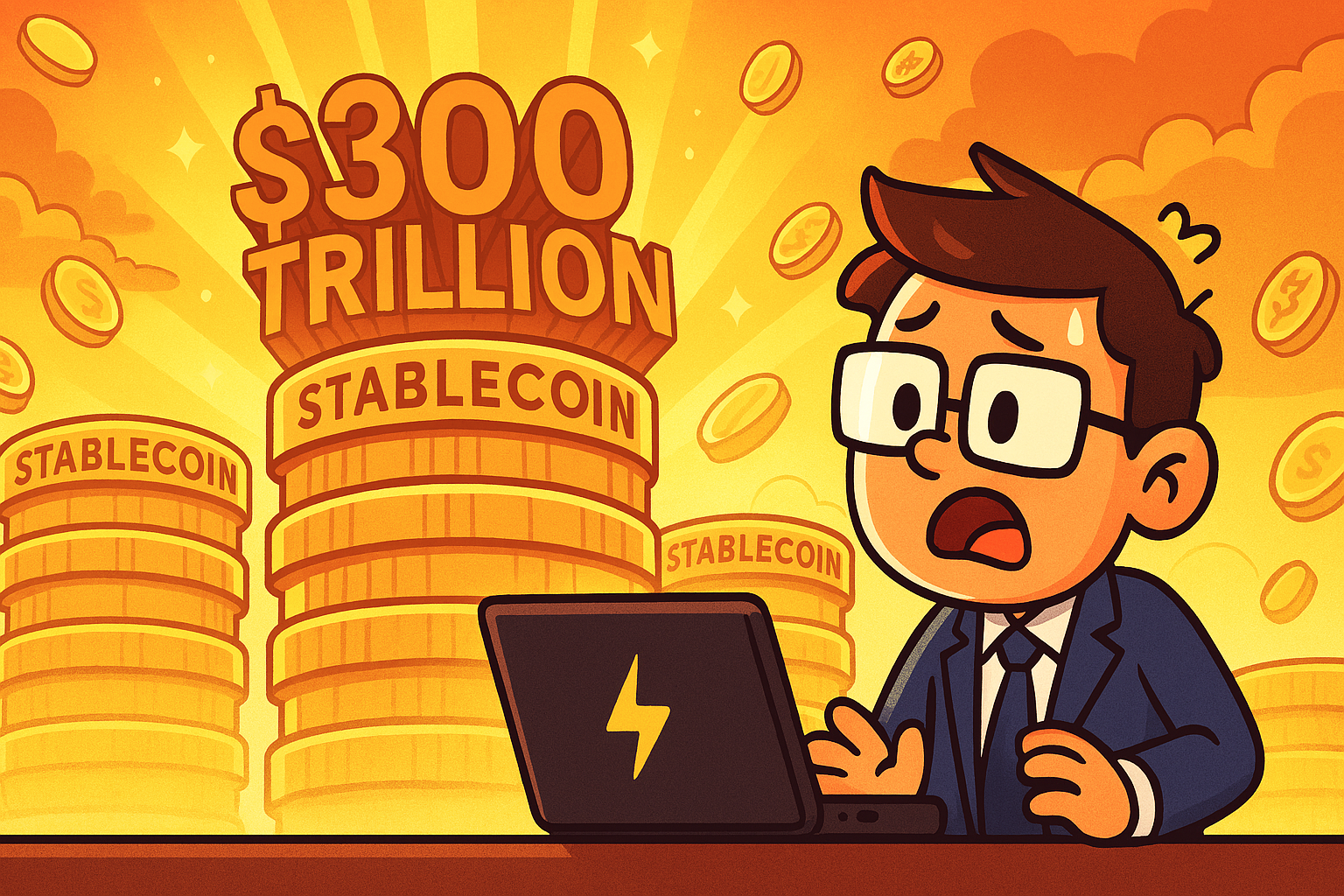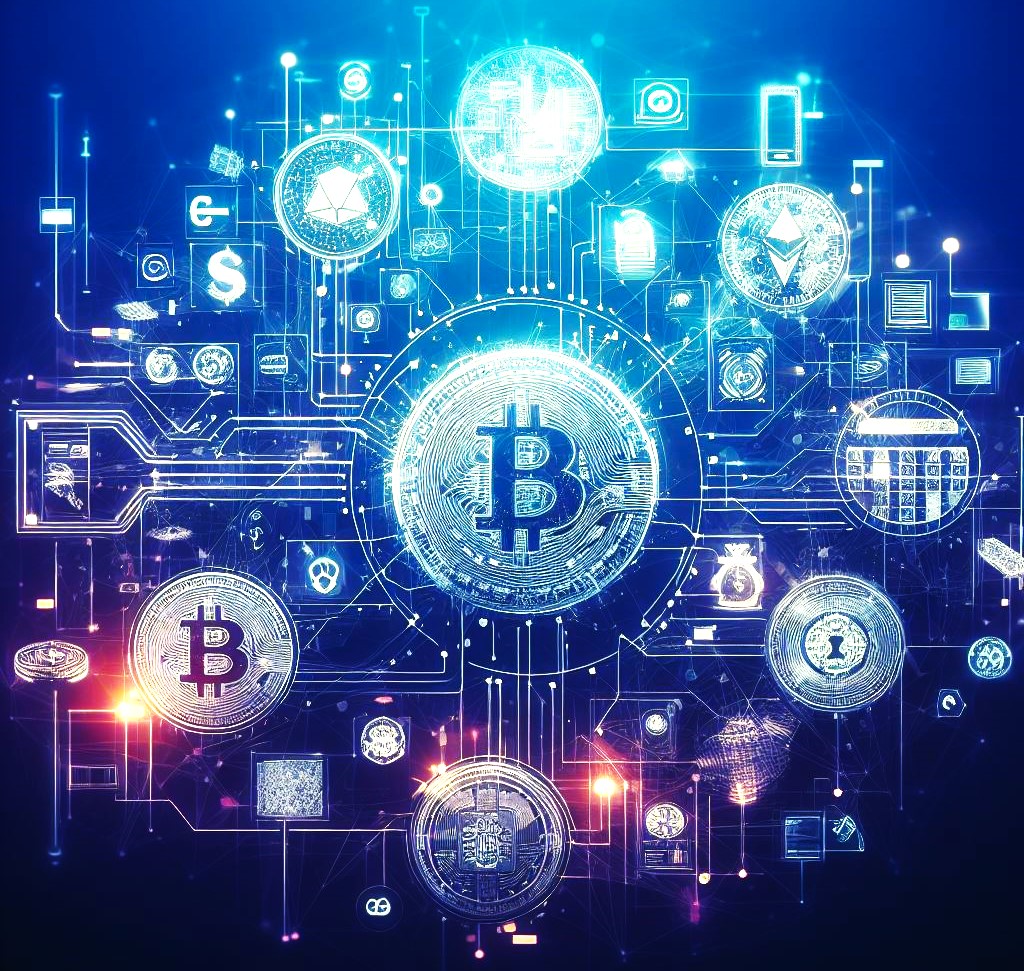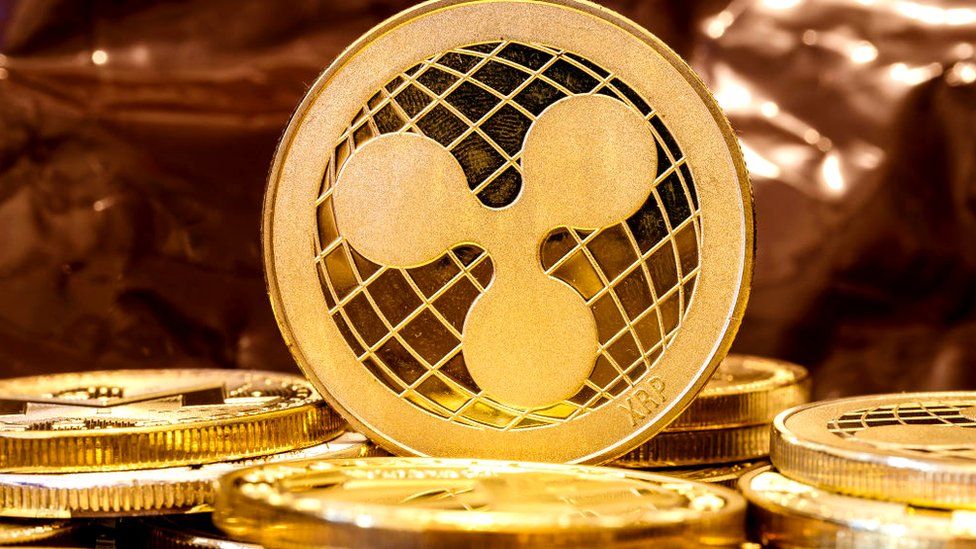In a surreal twist that briefly defied economic logic, Paxos—the blockchain infrastructure firm behind PayPal’s PYUSD stablecoin—accidentally minted $300 trillion worth of digital dollars in a technical mishap.
The error, reportedly spotted on Ethereum’s public ledger Etherscan, triggered a wave of astonishment across crypto circles before Paxos swiftly burned the excess tokens and issued a statement clarifying the blunder.
Technical error?
‘This was an internal technical error. There is no security breach. Customer funds are safe’, Paxos assured, adding that the root cause had been addressed.
To put the scale of the error in perspective: $300 trillion is more than double the estimated total GDP of the entire planet. And we trust these people and systems?
It’s a sum that could theoretically buy every publicly traded company several times over—and still leave room for a few moon bases. Fortunately, the minting was part of an internal transfer and never entered circulation.
Who is in charge?
PYUSD is designed to be a dollar-pegged stablecoin, backed by U.S. dollar deposits and short-term treasuries. Its promise of 1:1 redemption relies not on algorithmic magic but on real-world reserves and third-party attestations.
The incident, while resolved in under 20 minutes, underscores the fragility of trust in digital finance—especially when automation meets scale.
The crypto community, already wary of stablecoin transparency, seized on the event as a cautionary tale.
While no funds were lost and no users affected, the episode raises questions about auditability, protocol safeguards, and the symbolic weight of ‘minting’ in a decentralised economy.
In an era where digital assets are increasingly mainstream, even a fleeting glitch can ripple through markets and headlines.
Thin air
Paxos may have burned the tokens, but the spectacle of $300 trillion conjured from code won’t be forgotten anytime soon.
Hey, let’s go make some money!
We can ‘print’ dollars too… can’t we?












